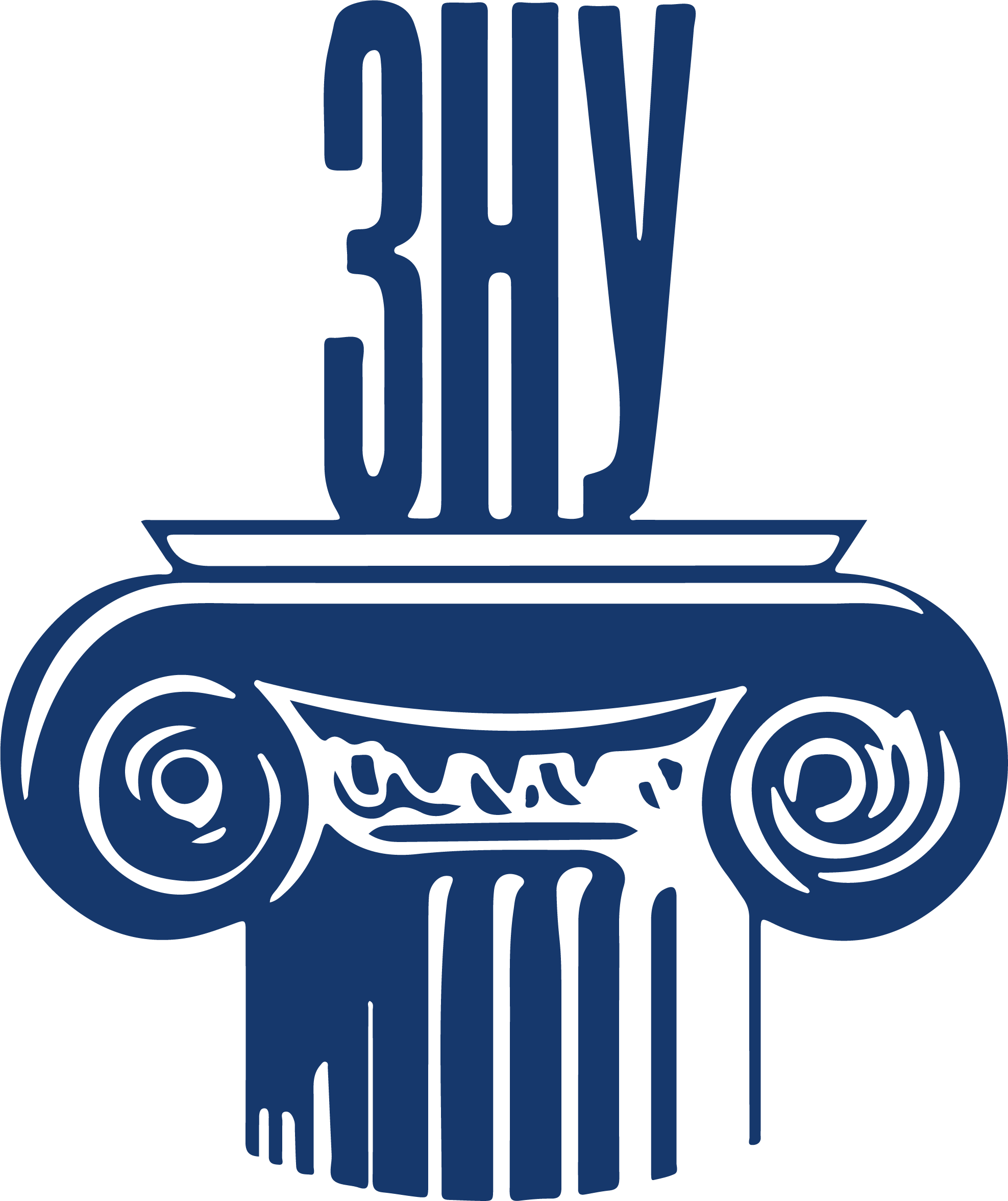TRANSMEDIA REPRESETATION OF CONTEMPRORY ENGLISH MEDIA DISCOURSE
Abstract
The article examines contemporary English-language media discourse, emphasizing its transmedia characteristics essential in evolving technologies and diverse media platforms (Instagram, Facebook, Spotify, YouTube). Media discourse is conceptualized as a complex sign system integrating linguistic and extralinguistic dimensions. Transmediation is defined as the translation of content across various sign systems, facilitating meaning representation through textual, audiovisual, and hybrid formats. The study highlights the growing appeal of psychological and motivational literature and texts promoting personal and social development. The evolving role of media narrators is emphasized, portraying them as content creators and contributors to integrated media narratives tailored for multichannel audiences. Intratextual and transtextual approaches delineate the key attributes of media discourse: publicity, group alignment, dissensual orientation, and mass-oriented delivery. Media discourse is analyzed as communicative activity designed to inform, interpret, and influence recipients through adaptable media texts. Transmediation entails customizing content for each communication channel while preserving authorial intent and enhancing audience engagement. The article underscores the role of media platforms in creating innovative interaction formats between narrators and audiences, blending cognitive, emotional, and pragmatic communication elements. Transmedia processes are highlighted as pivotal in disseminating narratives, reshaping content delivery, and fostering representational innovation. This research identifies transmediation as a critical component of contemporary media discourse, ensuring adaptability in modern technological and sociocultural landscapes. Future research will explore the pragmatic dimensions of implementing English-language media discourse.
References
2. Желтухина М.Р. О содержании дискурса масс-медиа. Вісник Луганського педагогічного університету імені Тараса Шевченка. Луганськ, 2007. № 11 (128), Ч. 1. С. 27–40.
3. Корольов І.Р. Поняття дискурсу в сучасному мовознавстві: визначення структура, типологія. Studia Linguistica. 2012. Вип. 6. С. 285–305.
4. Короленко М. Трансмедіа-сторітелінг: вимога цифрової епохи. European journalism observatory. 2013. 21 серпня. URL: https://ua.ejo-online.eu/1330/tsyfrovi-media.
5. Лойко В.В. До питання маніпуляції суспільною свідомістю у політичному дискурсі ЗМІ. URL: http://www.nbuv.gov.ua/portal/soc_gum/vzhdu/2011_57/vip_57_38.pdf.
6. Махачашвілі Р.К., Сидоркіна А.О. Дискурс японських нових масмедіа: природа, ознаки та розвиток. Філологічні студії. 2019. Вип. 12. С. 38–45.
7. Медіалінгвістика : словник термінів і понять / Л.І. Шевченко, Д.В. Дергач, Д.Ю. Сизонов ; за ред. Л.І. Шевченко. Вид. 2-ге, випр. і доп. Київ : ВПЦ «Київський університет», 2014. 380 с.
8. Мірошниченко І.Г. Стислий текст в українському масмедійному дискурсі : дис. … канд. філол. наук : 10.02.01. Дніпро, 2020. 275 с.
9. Приходько Г.І., Приходченко О.О. Когнітивні площини дослідження тексту та дискурсу. Науковий вісник Херсонського державного університету. Серія «Германістика та міжкультурна комунікація». 2022. № 1. С. 36–41.
10. Шевченко І.С. Мовленнєвий акт і дискурс в когнітивно-прагматичному та історичному ракурсі. Переклад у наукових дослідженнях представників Харківської школи : колективна монографія. Вінниця : Нова книга, 2013. С. 117–134.
11. Anokhina T. Newspapers Subcorpus (Subcorpus of the Modern European Media) in the Structure of the Multilingual Corpus. Філологічні трактати. Суми : СумДУ, 2023. Т. 15, № 1. С. 7–15.
12. Bluhm C. u.a. Linguistische Diskursanalyse : Überblick, Probleme, Perspektiven. Sprache und Literatur in Wissenschaft und Unterricht. 2000. Vol. 31, Heft 86. S. 3–19.
13. Cotter C. Discourse and media. Handbook of Discourse Analysis / Schiffrin D., Tannen D., Hamilton H.E. (eds). Malden/Oxford : Blackwell Publishers, 2001. P. 416–436.
14. Fraas C., Klemm M. Diskurse – Medien – Mediendiskurse. Begriffsklärungen und Ausgangsfragen. Mediendiskurse. Bestandsaufnahme und Perspektiven / Fraas C., Klemm M. (Hg.). Frankfurt/Berlin/Bern/New York/Paris/Wien, 2005. S. 1–8.
15. Fludernik M. An introduction to narratology. London and New York : Routledge. Taylor & Francis Group, 2002.
16. Jenkins H. Transmedia storytelling 101. Confessions of an aca-fan: the official weblog of Henry Jenkins, 2007. Mode of access: http://henryjenkins.org/2007/03/transmedia_storytelling_101.html.
17. Mills K. A. ‘I’m making it different to the book’: Transmediation in young children’s multimodal and digital texts. Australasian Journal of Early Childhood. 2011. Vol. 36, № 3. P. 56–65.
18. O’Keeffe A. Media and discourse analysis. The Routledge Handbook of Discourse Analysis / Gee J. P., Handford M. (eds). London/New York : Routledge, 2012. P. 441–454.
19. Puckett K. Narrative theory: a critical introduction. California : Cambridge University Press, 2016.
20. Salkowitz R. The future of reading: 10 trends for 2014 and beyond. Publishers Weekly, 2014. January 20. P. 24–25.
21. Warnke I.H., Spitzmüller J. Methoden und Methodologie der Diskurslinguistik – Grundlagen und Verfahren einer Sprachwissenschaft jenseits textueller Grenzen. Methoden der Diskurslinguistik. Sprachwissenschaftliche Zugänge zur transtextuellen Ebene. Berlin/New York : de Gruyter, 2008. S. 3–54.
 ISSN
ISSN 


.png)




